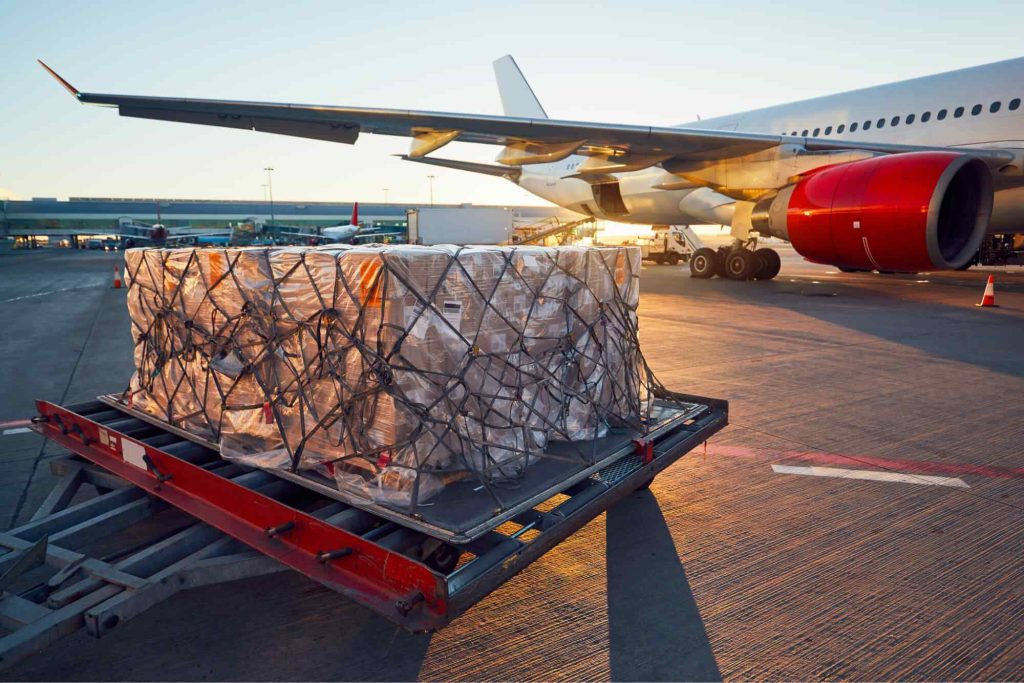Expander flanges are a specialty flange used to increase the pipe size at the flange connection. LOCUS Expander Flanges eliminate the need for a separate reducer and flange combination, simplifying the piping layout.
1. Description
Expander flanges are a specialty flange used to increase the pipe size at the flange connection. LOCUS Expander Flanges eliminate the need for a separate reducer and flange combination, simplifying the piping layout. Designed for high-integrity, pressure-rated pipelines in various industries including oil & gas, power plants, and water treatment.
2. Specification
Feature | Specification |
Size Range | 1/2″ to 24″ |
Pressure Rating | Class 150 to 2500 (ANSI), PN10 to PN160 |
Thickness | As per ANSI B16.5 / Custom |
Connection Type | Butt Weld / Slip-On |
Bore Type | Expanded bore to match next pipe size |
Material Grades | ASTM A105, A182 F304/316, A350 LF2, etc. |
Flange Face Type | RF / FF / RTJ |
Finish | Anti-rust coating, Oiled, or Galvanized |
Optional Coatings | FBE, PTFE, Epoxy |
3. Working
The Expander Flange is installed where the line size changes from a smaller pipe to a larger one. It provides a safe and leak-proof connection and absorbs mechanical stress caused by changes in pressure or thermal expansion. It works under the same principle as a reducer + flange but in one integrated piece.
4. Principle
Based on the mechanical expansion principle, the flange bore is tapered or bored to accommodate a larger pipe size, allowing smooth flow transition while maintaining pressure integrity and structural strength. Ensures minimal turbulence and pressure loss.
5. Assembly
6. Installation Process
Tools Required: Torque wrench, flange alignment tool, gasket, bolt & nut set
Process:
7. Technical Specification
Parameter | Value |
Max Operating Pressure | Up to 5000 PSI (based on class) |
Operating Temperature | -20°C to +600°C |
Material Tensile Strength | 485 MPa – 600 MPa (varies by material) |
Corrosion Resistance | High (depends on material/coating) |
Weldability | Excellent |
Surface Flatness | < 0.1 mm |
8. Troubleshooting
Issue | Possible Cause | Solution |
Leakage at joint | Improper gasket or alignment | Replace gasket, re-align flange |
Bolt breakage | Over-tightening | Use correct torque setting |
Corrosion at weld joint | No surface treatment | Apply anti-corrosion coating |
Flow disruption | Misaligned internal bore | Match internal bore diameters |
Crack near weld area | Thermal stress or weak weld | Use pre/post-weld heat treatment |
9. HS Code (Export Tariff Code)
HS Code: 73072100
Description: Flanges of Iron or Steel (excluding stainless)
Alternate HS Codes (for Stainless Steel): 73072200
10. Frequently Asked Questions (FAQ)
Q1: Can Expander Flanges handle high pressure?
👉 Yes, LOCUS Expander Flanges are available up to Class 2500 pressure rating.
Q2: What is the difference between Expander Flange and Reducer + Flange?
👉 Expander Flange combines both in one body, saving space and reducing leak points.
Q3: Are custom bore sizes available?
👉 Yes, LOCUS offers bore customization to match client piping systems.
Q4: What certifications are available?
👉 ISO 9001:2015, CE Marking, Material Test Certificate (MTC 3.1), etc.
Q5: Are Expander Flanges suitable for chemical pipelines?
👉 Yes, stainless steel or coated versions are ideal for corrosive applications.
11. Applications
Industry | Application |
Oil & Gas | Pipeline transitions, offshore rigs |
Power Plants | Boiler piping, heat exchangers |
Water Treatment Plants | Inlet/outlet connections |
Petrochemical Plants | Pump suction/discharge |
Chemical Processing | Process line integration |
HVAC Systems | Chiller pipe adjustments |
Marine Industry | Shipboard pipe systems |
Refineries | Crude transfer piping |
Brand Highlights – LOCUS
Locus International Export – Delivering precision-engineered solutions worldwide. Trusted for quality, reliability, and seamless global trade.
Lorem ipsum dolor sit amet, consectetur adipiscing elit. Ut elit tellus, luctus nec ullamcorper mattis, pulvinar dapibus leo.





